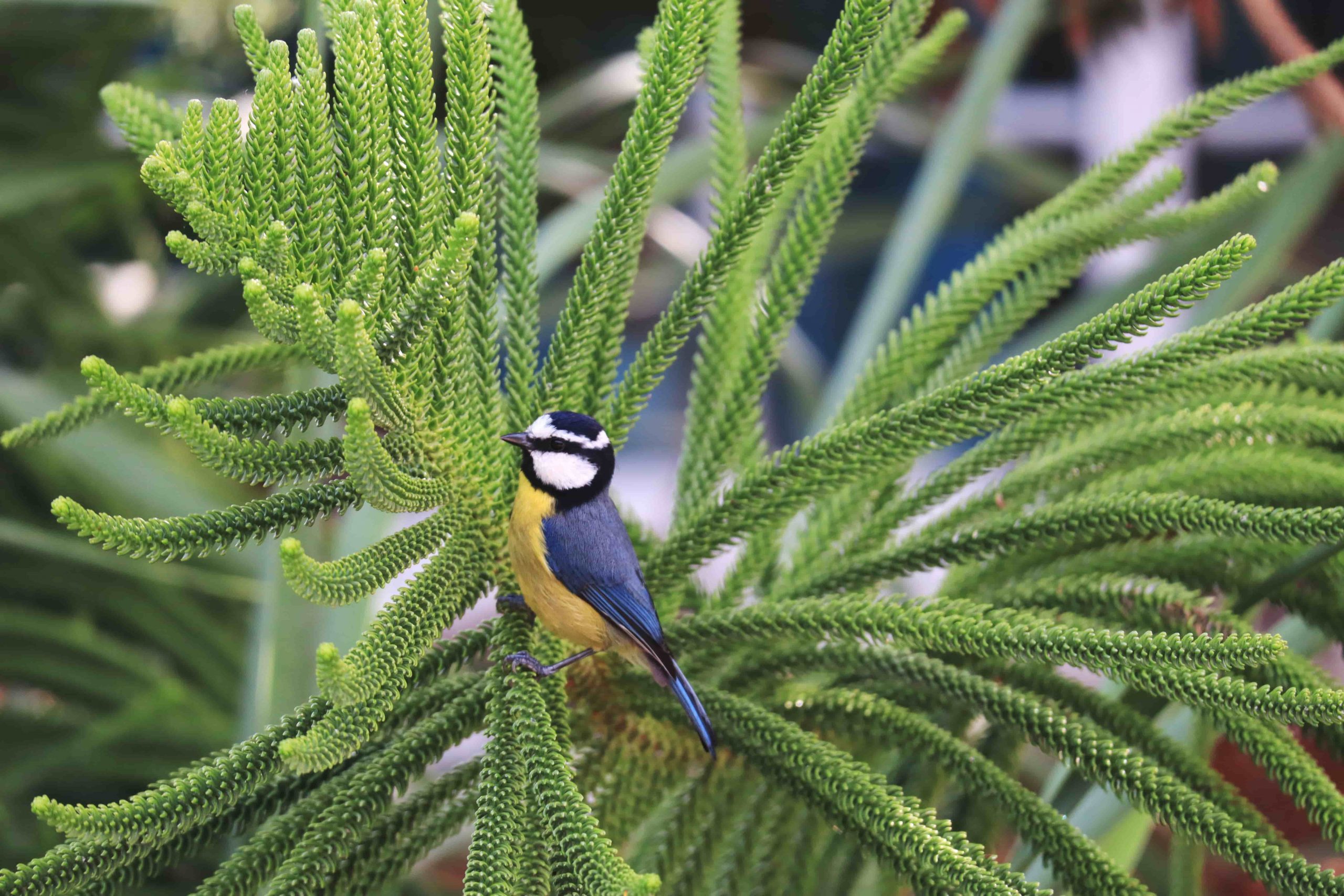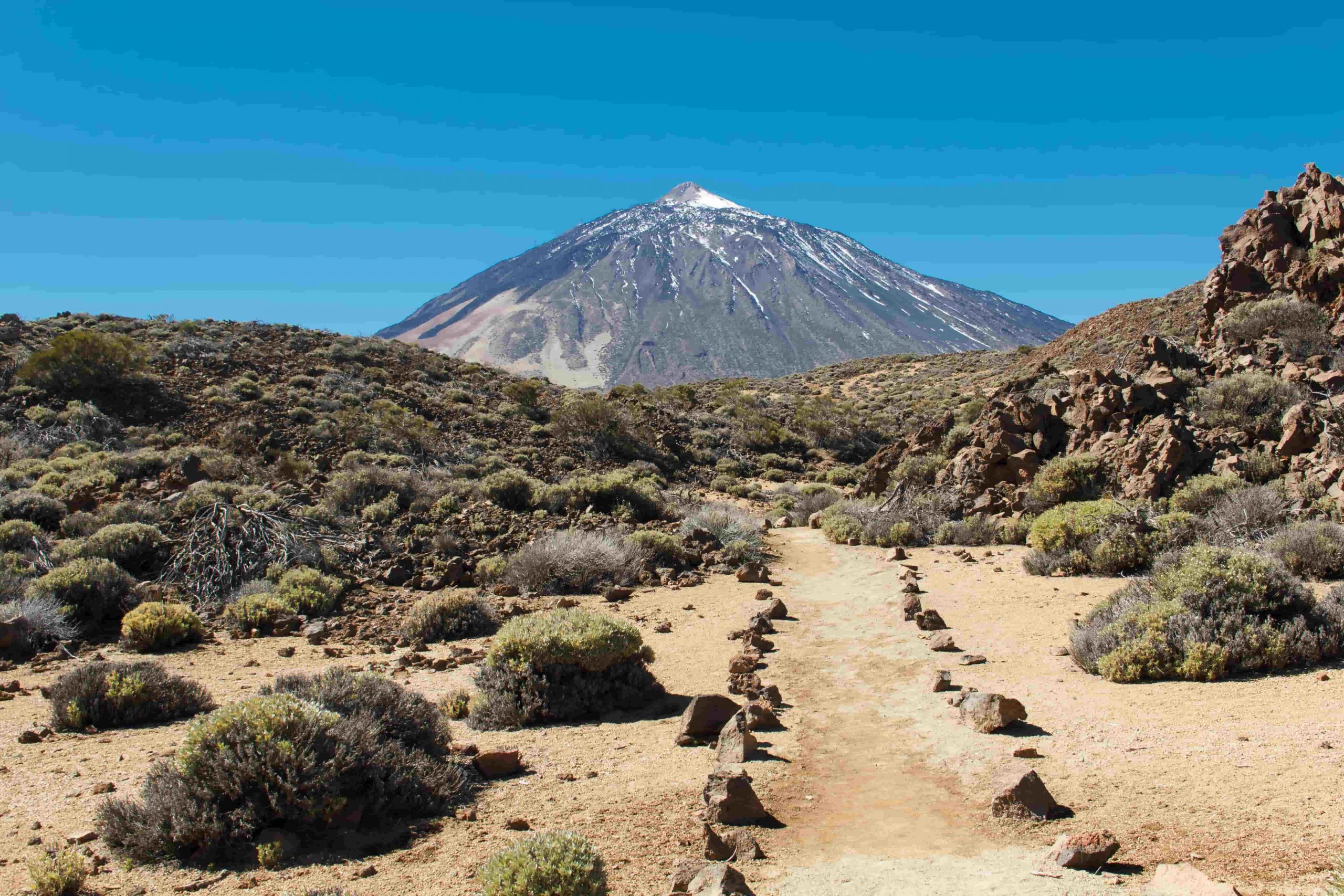Tenerife in the Canary Islands isn’t just about beaches and the nightlife – it’s great for spotting some of the most beautiful fauna and flora on earth.
Tenerife in the Canary Islands isn’t just about beaches and the nightlife – it’s great for spotting some of the most beautiful fauna and flora on earth.
By Rebecca Barnes
Tenerife is popular thanks to its year-round sunshine, sand and lively nightlife, but nature lovers will be interested to know that the destination is also surprisingly rich in natural environments and wildlife.
Home to countless native species of animals, there are around 70 varieties of breeding birds, many of which are endemic, along with birding spots all over the island, around the coastline or in the mountains.
Birdwatchers should head to the wetlands at the Special Nature Reserve of Montana Roja or the Palmetum, where you may spot a number of endangered species such as the Kentish Plover.
According to the Canary Islands Biodiversity Data Bank, there are 32 species of marine mammals in the Canary Islands and the Teide National Park is home to many insects that can’t be found anywhere else on earth.
Of course, Tenerife offers plenty of opportunities to see sperm whales, along with common and bottlenose dolphins – the southwest coast, in particular, is a prime spot, and the best time of year is winter and spring when you might also see migratory humpback whales. If you want to get up close to wildlife here’s our Sailawaze guide to Tenerife’s best spots:

Want to spot an elusive hoopoe, an exotic-looking bird with a pinkish-brown crest which raises when excited? There have been numerous sightings at the Palmetum in Santa Cruz, said to be the best place in the city for bird watching. This 12 hectare botanical garden specialises in tropical palm trees and is bursting with plant life as well as native birds – don’t forget your binoculars.
Explore a forest
Tenerife’s largest stretch of forest is the Corona Forestal Natural Park, which covers 125,000 acres. This lush, verdant pine forest is a prime spot for getting close to nature, with many native species including blue chaffinches, reptiles, laurel pigeons and the Canadian pine. There are lots of hiking trails for all levels.
Take a boat tour
Keen to spot dolphins, whales or even a turtle bobbing about on the surface? Then head to Los Cristianos, Puerto Colon or Los Gigantes in the south to join a boat tour. Operators need a license to ensure they work responsibly and that the animals are not in any danger from the boats. The good news is that you have a 90 per cent chance of seeing dolphins on your tour, as they are quite common in the waters around the islands.
Tenerife is rich in striking natural spaces, and nature lovers shouldn’t miss Teide National Park, home to the 3,715 metre Teide volcano, the highest peak in Spain and a World Heritage Site. Alongside the volcanic landscapes, you may also spot endemic lizards, a Tenerife gecko or other species exclusive to the park. You can either climb to the top on foot or take the cable car.

Head to ‘the jungle’
If you want guaranteed sightings of animals from all over the world and not just Tenerife, drop in to Jungle Park, a zoological and botanical park which houses at least 500 animals. Jungle Park gets its name from the tropical setting featuring waterfalls, caves, lakes and bridges. The predatory birds’ shows are well worth catching; you can also travel on a bobsleigh through the rich vegetation.
Become the first to know about win-a-cruise competitions, on-trend vacation inspo and don’t-miss travel advice from the experts.



 United Kingdom
United Kingdom USA
USA